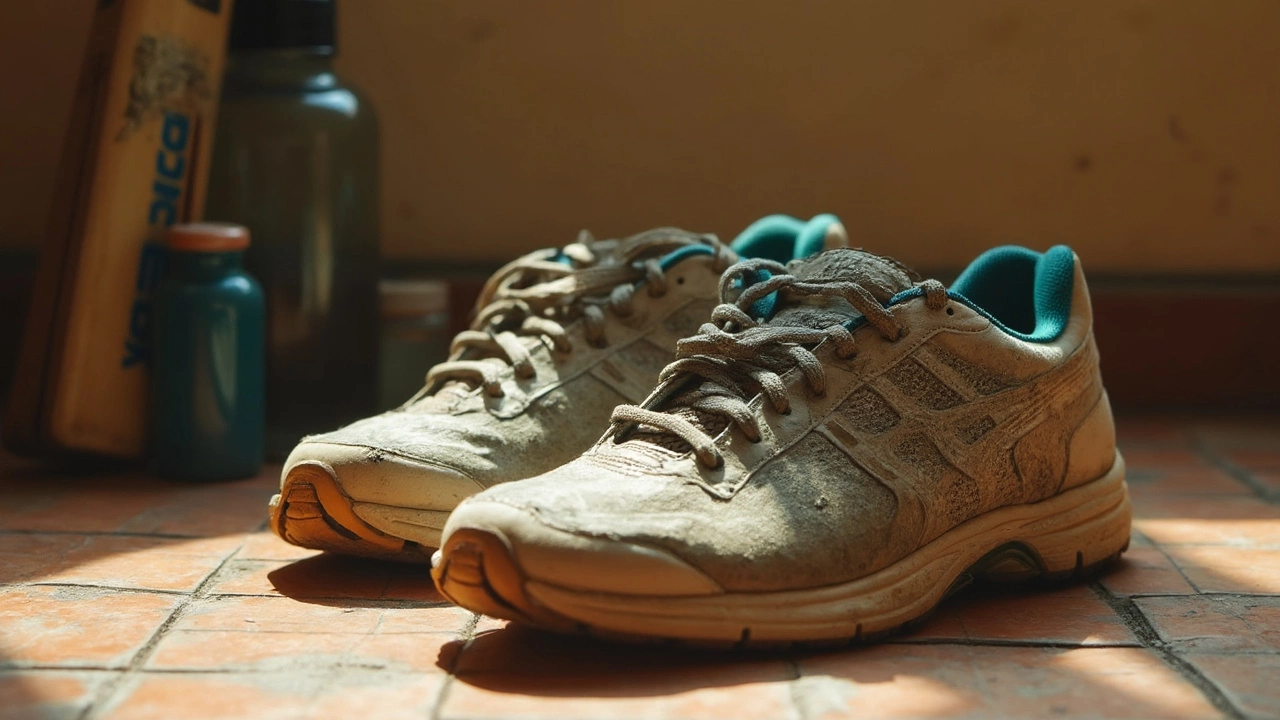Runner Tips: Boost Your Running Performance with Simple, Proven Advice
Ever wonder why some runs feel effortless while others leave you dragging? Most of the time it’s not about talent – it’s about the little habits you build. Below you’ll find straight‑forward tips you can start using today to run stronger, faster, and with far fewer aches.
Choosing the Right Shoes
First thing’s first – shoes matter more than you think. A pair that fits your foot shape and stride can cut impact forces by up to 30 %. Look for three basics: cushioning that matches the surface you run on, enough arch support for your foot type, and a snug toe box that lets your toes splay. If you’re a beginner, do not chase the most expensive model; focus on comfort and a moderate heel‑to‑toe drop (about 8‑10 mm). Trying on shoes at the end of the day, when your feet are slightly swollen, helps you avoid tightness later.
Our post “Best Running Shoes: How to Choose the Perfect Pair for Your Feet” breaks down terrain‑specific picks – road, trail, and treadmill – so you can match the shoe to the run. Remember to replace shoes every 300‑500 km; worn midsoles lose shock absorption and raise injury risk.
Smart Marathon Prep
Thinking about tackling a marathon? The biggest mistake is cramming long runs right before race day. Your body needs recovery, not fresh fatigue. Aim for a longest run of 30‑32 km about three weeks out, then drop mileage gradually (the classic “taper”). During the taper, keep intensity high but volume low – short tempo runs and a few strides will keep your legs fresh.
If you’re unsure how often to hit the marathon distance, check out our guide “How Often Should You Run a Marathon? Safe Marathon Frequency and Essential Recovery Insights.” It explains why a full‑marathon effort every 6‑12 months is usually safest for most runners, and how to schedule half‑marathons and shorter races in between to stay sharp.
Fueling is another game‑changer. Practice the 30‑60‑90 rule: 30 g of carbs per hour for runs under 90 minutes, 60 g for 90‑150 minutes, and 90 g beyond that. Experiment with gels, bananas, or sports drinks during long runs – whatever sits well in your stomach.
Finally, add strength work. Two 20‑minute sessions per week of core, hips, and glutes exercises (think planks, clamshells, and single‑leg deadlifts) shrink the odds of IT band or knee pain dramatically. Our “7 Day Gym Workout Plan” gives a quick template you can slot into a busy schedule.
Putting these tips together – proper shoes, smart mileage, steady fueling, and targeted strength – creates a solid foundation. You don’t need fancy gear or a pricey coach; just a few minutes each day, consistency, and a willingness to listen to your body.
Ready to take the next step? Pick up a pair of shoes that feel right, map out a 12‑week marathon plan with a taper, and add two strength sessions. Your future self will thank you when you cross the finish line with a smile instead of a sore back.
